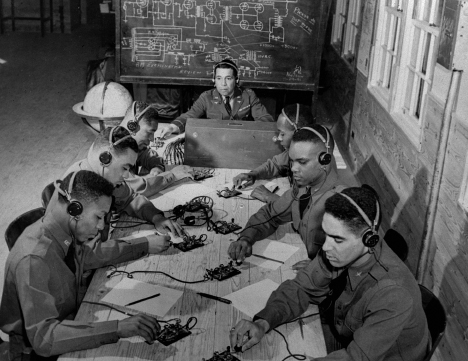The Oral and Written Eras
Printed Page 6
In most early societies, information and knowledge first circulated slowly through oral (spoken) traditions passed on by poets, teachers, and tribal storytellers. However, as alphabets and the written word emerged, a manuscript, or written, culture developed and eventually overshadowed oral communication. Painstakingly documented and transcribed by philosophers, monks, and stenographers, manuscripts were commissioned by members of the ruling classes, who used them to record religious works and prayers, literature, and personal chronicles. Working people, most of whom were illiterate, rarely saw manuscripts. The shift from oral to written communication created a wide gap between rulers and the ruled, in terms of the two groups’ education levels and their economic welfare.

These trends in oral and written communication unfolded slowly, over many centuries. Although exact time frames are disputed, historians generally date the oral and written eras as 1000 b.c.e. to the mid-fifteenth century. Moreover, the transition from oral to written communication wasn’t necessarily smooth. For example, some philosophers saw oral traditions (including exploration of questions and answers through dialogue between teachers and students) as superior. They feared that the written word would hamper conversation between people.